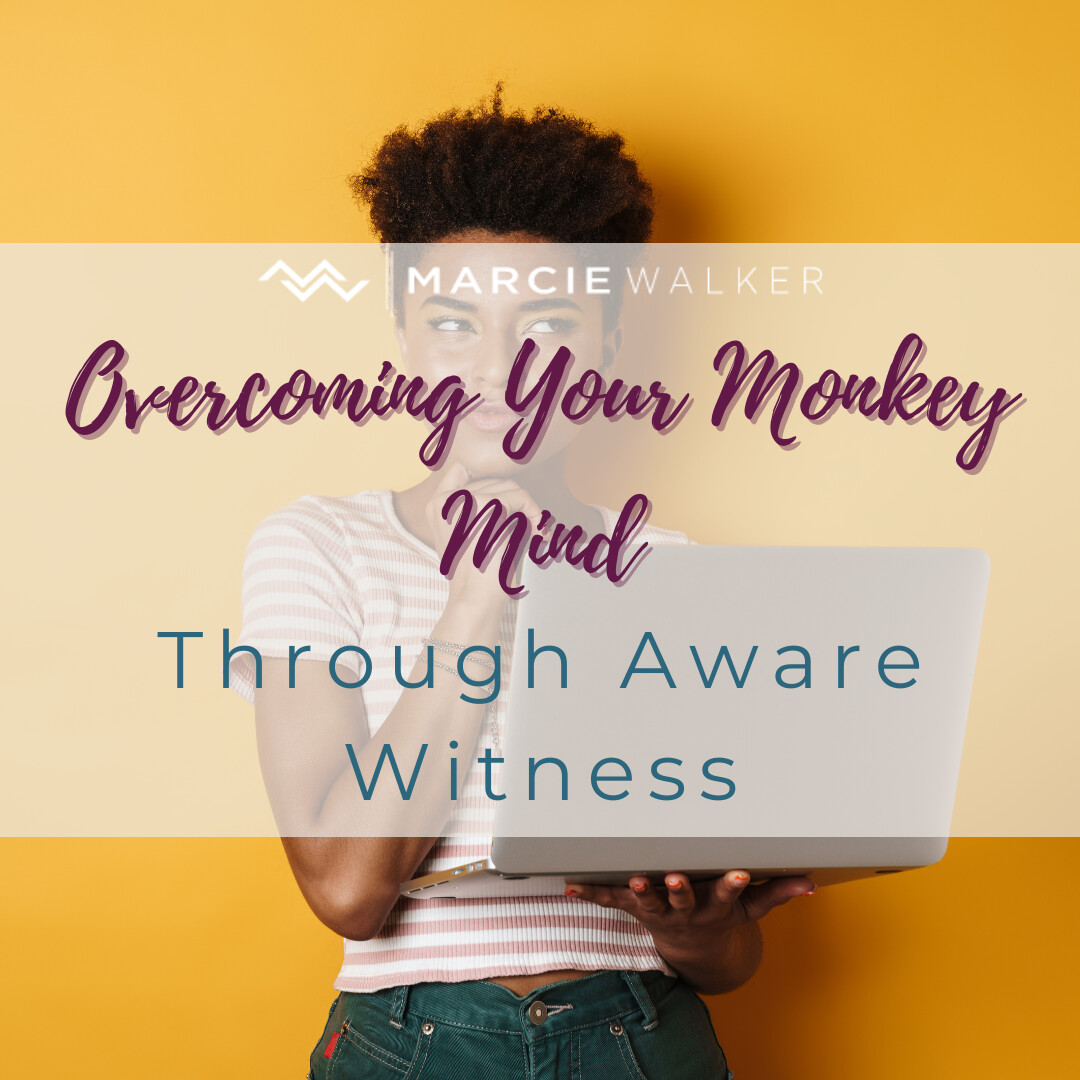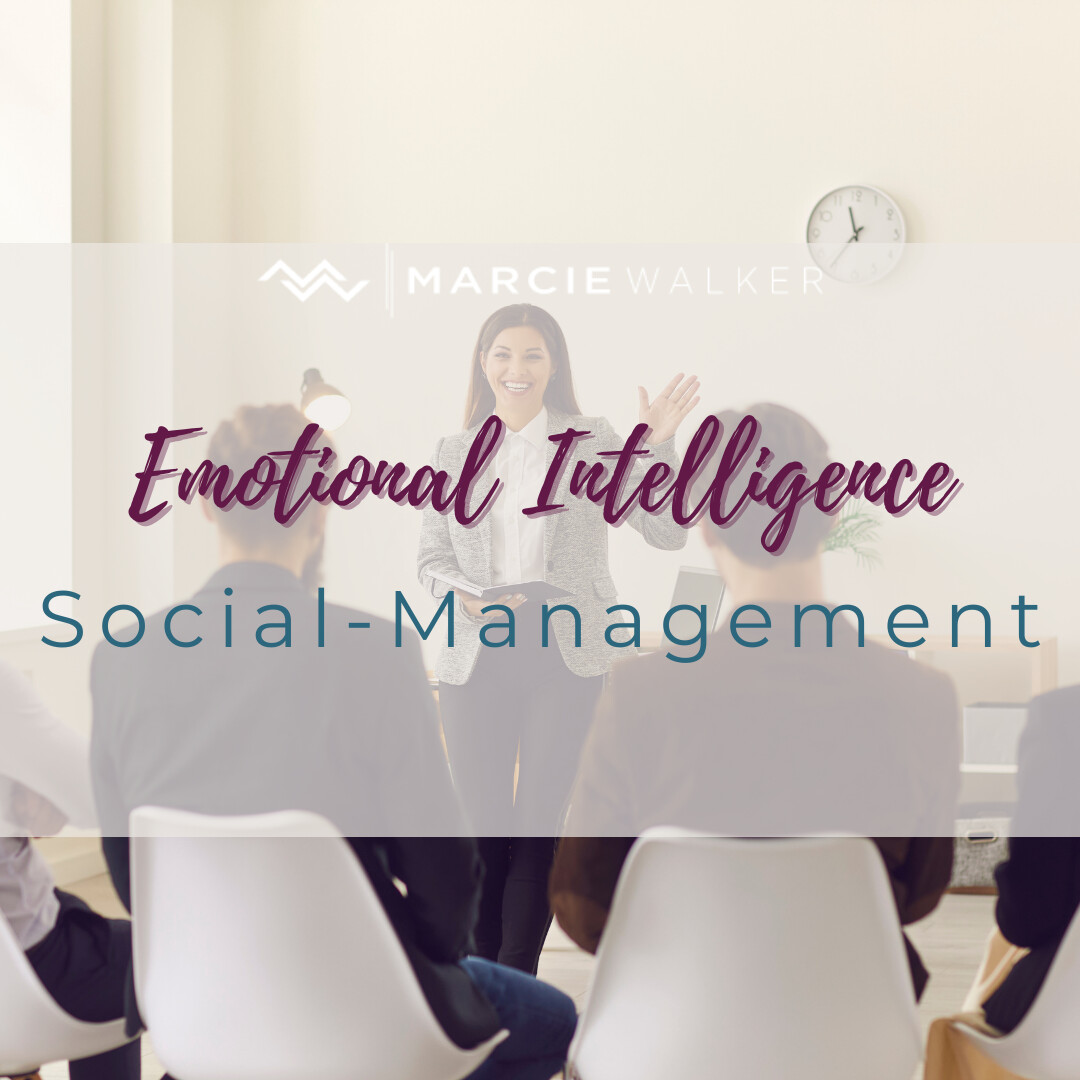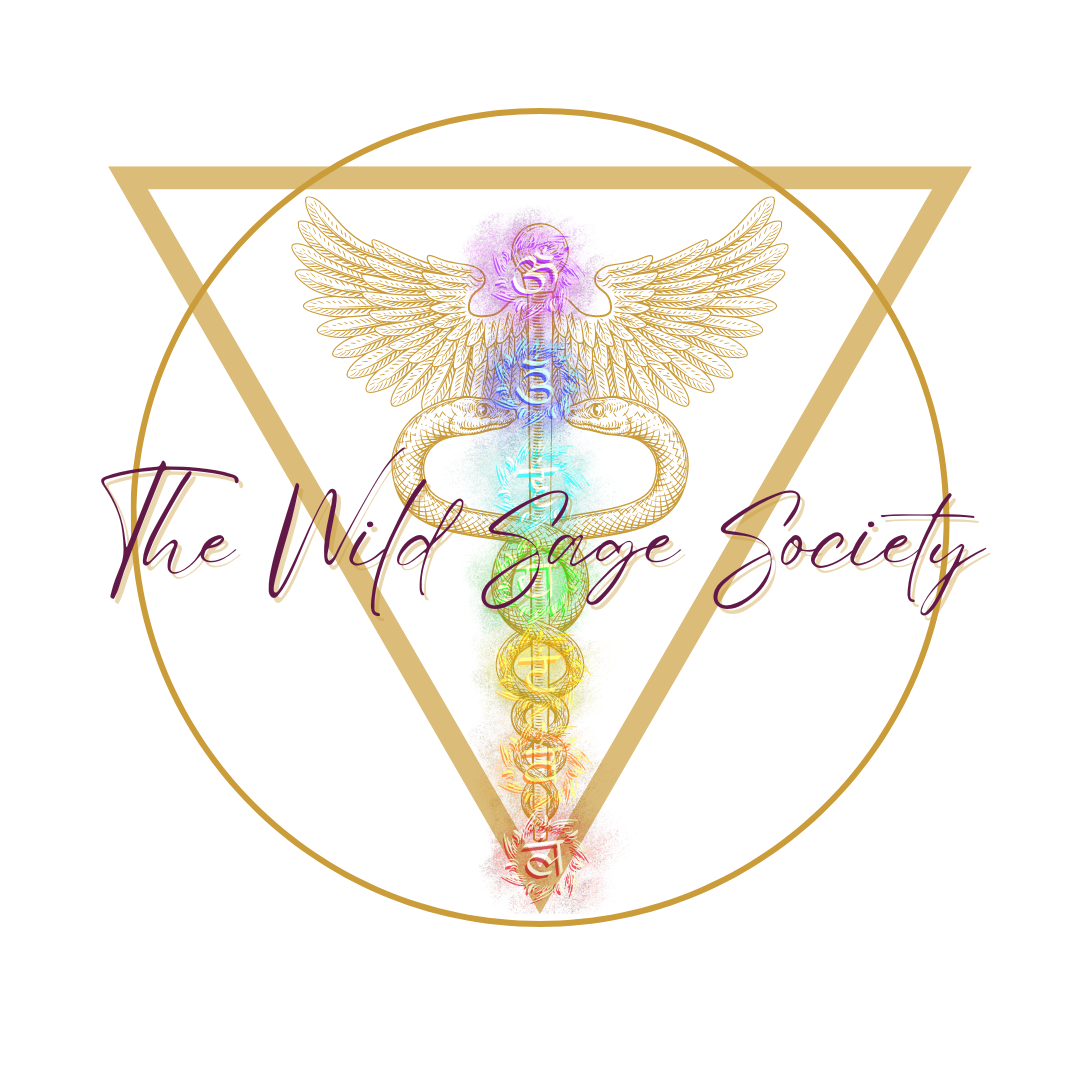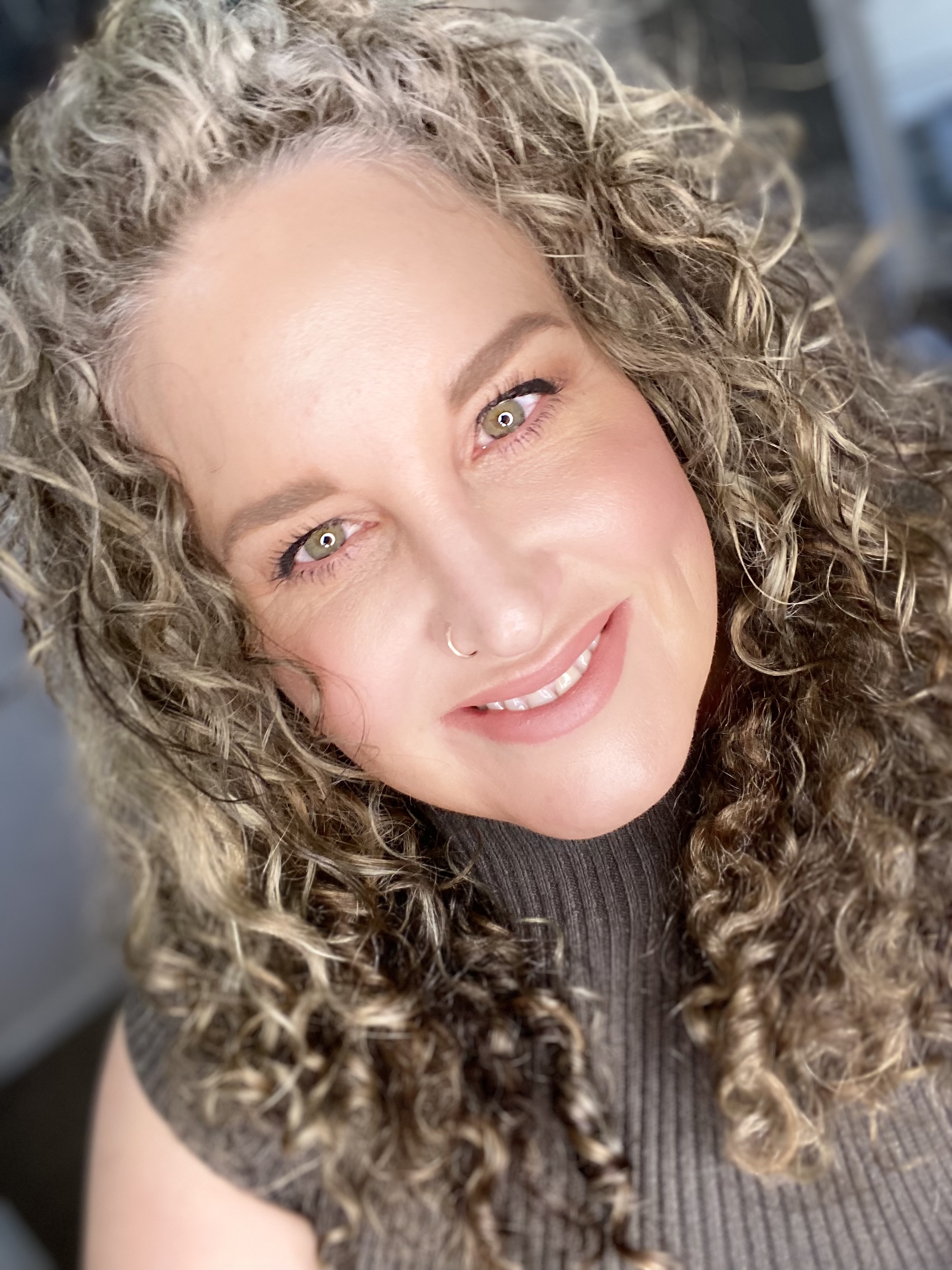
Overcoming Your Monkey Mind Through Aware Witness
My clients own their circumstances and take control of their lives with practical tools that help them relieve stress, stop suffering, and find solutions. In my experience as a stress relief and purpose expert, I have found that one of the most significant sources of anxiety and stress is the “Monkey Mind.” To understand the Monkey Mind, one must first understand the three types of brains.
Three types of brains
Our brain can be separated into three sections: our human brain, lizard brain, and monkey brain.
Human brain
The “human brain” is the most advanced part of the brain responsible for logical, emotionless thought, and delayed gratification. When we use the “human” part of our brain, we can think through our responses rather than just react. When we face threats to our system, we don’t have time to stop and analyze what’s going on. This phenomenon is known as the fight or flight response – the automatic physiological reaction to an event perceived as stressful or frightening. Our “lizard” and “monkey” brains take over during fight or flight to ensure our safety.
Lizard brain
The “lizard brain” is located at the base of the brain and contains the brain stem and cerebellum. This part of our brain is referred to as the “lizard brain” because lizards only have these elements of the brain. These elements control our most basic instincts, including:
- fight
- flight
- feeding
- fear
- freezing up
- fornication
Monkey brain
The “monkey brain” includes most of our tissue and controls more complex tasks, including emotions. Most mammals lead with their “monkey brain,” fueled by our most basic responses to fear and desire. The monkey brain is also known as the “monkey mind.”
The monkey mind in Buddhism
Buddhism references the “monkey mind,” describing “being unsettled, restless, or confused.” According to Huffington Post, Buddha described our minds as “filled with drunken monkeys, jumping around, screeching, chattering, carrying on endlessly.” Buddha said, “We all have monkey minds. With dozens of monkeys all clamoring for attention.” The monkey mind is often called the inner critic, ego, or protective personality. Buddhists describe the ego as “the one I have taken myself to be.”
Understanding the monkey mind
Each person’s Monkey Mind is unique, shaped by the experience they went through growing up. Understanding someone’s Monkey Mind starts with looking into the past. The Monkey Mind latched on to what occurred in our childhood, and it uses those events to color all of our interactions – often without us knowing it.
Our beliefs about ourselves and the world, which were formed through our programming, determine our everyday experiences. While our programming was primarily developed through shame-inducing messages from the adults who raised us along with other impactful experiences, we went through in life, including:
- bullying,
- trauma,
- heartbreak,
- and failure
Over time our belief slowly transformed into the negative waves that direct how we view the world today; this mindset is the Monkey Mind.
We call this mindset the Monkey Mind because it is less mature and evolved than the other aspects of our mind, the thought processes. The monkey mind is quick to react to something it doesn’t agree with, as well as blame something or someone else for our problems. It wants to keep us focused on how everything outside ourselves is why our lives are the way we want them to be.
Example of the Monkey Mind mindset
- If ________ wasn’t so ___________, you wouldn’t be so ____________.
- If ________ hadn’t been ________, you wouldn’t have been __________ and _________ would have gone better.
- If your _________ didn’t have such high expectations for you, you’d __________.
How the Monkey Mind works against progress
The Monkey Mind also keeps a memory bank of all the criticisms and judgments we’ve adopted from our programming. If we ever get to the point where we stop blaming others and want to take responsibility for our circumstances, the Monkey Mind loves to remind us about the shame-inducing beliefs we’ve developed about ourselves.
Example of the Monkey Mind and shame-inducing beliefs
- You haven’t ______________ because you’re not smart enough. Everyone knows it.
- That ________ went terribly because you look fat in that outfit. No one is attracted to you.
- Your _____________ is embarrassed by your failure. That’s why they ______________.
This inner critic makes it highly challenging to create the life we want for ourselves, as it produces an immense amount of anxiety that handles away our confidence, driving us to engage in an endless list of negative behaviors such as:
- drink alcohol
- use drugs
- isolate ourselves from others
- yell at our kids
- get divorced
- give up on our dreams
The Monkey Mind fuels and drives anxiety
For generations, we’ve normalized the Monkey Mind’s critical voice and the vast amounts of anxiety it creates. We’ve arrived at the point where we aren’t aware of how much our anxiety rules our lives. When we’re in line with the bank, we’re anxious because it’s taken too long. When we forget to call the client, we’re anxious because we might have lost the deal. When we don’t wear makeup to the grocery store, we’re anxious about how others are perceiving us. Anxiety is so constant that we don’t even question it.
For example, think about how many of us grab a drink at an event to take the edge off. Where does this edge come from? The Monkey Mind creates stories and judgments about how we need to act because we’re not conscious of this inner critic; we’re equipped to deal with it. This ritual of drinking to minimize anxiety has become completely socially acceptable.
Overcoming anxiety created by the Monkey Mind through the Aware Witness
To move past the anxiety our Monkey Mind has created, we must listen to different perspectives, observing: the Aware Witness. The Aware Witness doesn’t look to other people or situations as a source of our troubles. Instead, it offers an objective perspective inhibited by our judgmental programming. This point of view understands that the source of our upset or delight is within ourselves. The Aware Witness can offer wisdom by witnessing and learning from the Monkey Mind. Often, being aware of our shadows allow us to see that light we can offer the world.
Shifting into the Aware Witness’ perspective is so powerful because our mindset affects everything we do. When we move away from the Monkeys Mind’s judgmental perspective, we open ourselves up to an abundance of opportunities and experiences. Relationships that once seemed doomed can begin to flourish, and endless cycles of addictive behavior can be resolved in unattainable joy. When you address the root cause of your problems, your programming, everything else will start to fall into place.
Understanding Monkey Mind through Aware Witness
When we listen to the Monkey Mind, we launch into finding a reason why the circumstances aren’t our fault, which doesn’t resolve anything and aggravates the situation. With Aware Witness, we take full ownership of our beliefs and have the power to change how we respond to any circumstance.

How Marcie Walker can help you overcome Monkey Mind
The 5-Step PAUSE Model
I use the 5 Step PAUSE Model to boost productivity, decrease stress, and increase wellness. Depending on how long certain circumstances have been ignored, I may spend more time in one area of the model than others.
The second step of the PAUSE Model deals with Aware Witness. Together we can manage your inner state and observe your “situation” without judgment or opinion. By stepping out of the drama of life with a certified expert, you will gain insight from a clear perspective.
Addressing Monkey Mind with hypnosis
Using hypnosis to address problems allows you to relax. Once in a relaxed state, physically, the Monkey Mind is no longer in a threat state, looking for threats and triggering biological responses. Once the body relaxes, the mind relaxes, and we can talk to the subconscious mind (this is where the brain-based coaching and powerful questions come into play). Then you get insight to help you through a situation. Contact me to start your journey of positive life changes.

5 Reasons to Work with a Coach
Are you….
- Feeling stuck and something needs to shift in your life?
- Seeing where your life is heading and don’t like it?
- Asking “How do I become the best version of myself?”
- Have a longing to create a meaningful and purposeful life?
- Have unactualized goals, dreams, and desires? And beat yourself up because you haven’t achieved them?
Feeling stuck in life can feel hopeless and debilitating. There are many reasons you could be feeling this way. Feeling stuck starts with your mindset.
Recall a time when you felt stuck and were spinning in overwhelm. Was your body tense and filled with nervous energy and your mind was creating a narrative on why you are worthless or broken?
Your current frame of mind plays a VERY important role in creating positive changes in our lives. It is difficult to be open to meaningful change or realigning our story with sustainable transformation if you are operating from a state of “fight-flight-freeze-frantic-fearful-frustrated”. Coaching can shift people from a “problem state” into a “possibility perspective.”
Oftentimes people start a journey of self-improvement to figure out why they are broken or feel worthless. Some people’s self-improvement journey is to live their best life and be the best version of themself. Regardless of where you are on your journey, it starts by developing your self-awareness.
Self-awareness is the ability to see oneself clearly and objectively through reflection and introspection. It involves being aware of different aspects of the self, including traits, behaviors, and feelings. Self-awareness is the basis for a theory that states, “you are not your thoughts, but the entity observing your thoughts.”; as the thinker, you’re separate from your thoughts. Thoughts, actions, and beliefs are the fruit of our biology and programming. The more embedded the belief, the more susceptible we are to our biases and “blind spots.”
Obtaining a greater understanding of yourself, your life, and the experience of being fully supported can be life-changing. The combination of awareness, curious exploration, choice, strengths, and commitment is a recipe for transformation. Suddenly the negative thoughts limiting you have now shifted to curiosity around how you can have a meaningful and fulfilling life, you’ve always dreamed of.
Working with a coach can develop your self-awareness, connect the dots in your life to increase insights that will lead to goal-related actions, and assist you in cultivating positive habits and behaviors. With a custom action plan, you will learn to ‘own’ your circumstances and take control of your life through the use of practical tools designed to relieve stress, stop suffering, and help you find the solutions you need to get your life on your “track”.
Marcie Walker is a stress relief and purpose expert that empowers clients and creates sustainable positive life changes through certified clinical hypnotherapy. Her holistic approach attunes your body for success through guided meditation, goal setting, and powerful coaching, allowing you to access your full potential.
Marcie Walker is a Certified Clinical Hypnotherapist, Certified Executive Leadership and Development Coach, and Certified Life Coach. She focuses on holistic wellness through brain-based coaching and body-centered hypnotherapy designed to improve focus, relieve stress, and treat immune disorders and trauma resolution.
Marcie also works with executives to address the physiological and psychological needs of their teams. As a former CFO for a large construction company and someone who struggled with a stress-related illness for 10 years, Marcie Walker brings a unique perspective to corporate coaching and stress resiliency training.
In particular, Marcie really loves helping highly competent women thrive in workplaces and businesses. This is more challenging than it may seem. They often feel trapped because they become really good at a wide variety of skills, and because they’re so good people feel threatened by them. This can lead them to feel really undervalued for all that they do.

Clear New Year's Resolutions, in Your Own Time
A 2020 poll of 2,000 Americans revealed that it takes just 32 days for the average person to finally break their resolution(s), while 68 percent of Americans report giving up their resolutions even sooner than that. The poll also revealed that one in seven Americans “never actually believe they’ll see their resolution through in the first place.” The top two reasons for unfulfilled New Year’s resolutions are lack of discipline and lack of time and busy schedules.
I started Marcie Walker LLC to help clients own their circumstances and take control of their lives by providing practical tools. I believe change and progress can be achieved through the right tools and techniques. The new year is a great time to start new goals and make changes in your life, but don’t let the peer pressure of the season create stress. Start by making meaningful changes when you are ready. Achieve success this year by adding a happy spin to your new year’s resolutions and creating CLEAR goals.
How to achieve your New Year’s resolutions by creating CLEAR Goals
To create and achieve your new year’s resolutions, create CLEAR Goals.
What are CLEAR goals?
CLEAR goals were first coined by Adam Kreek, an entrepreneur, a motivational speaker, and Olympic gold medalist. He found traditional goals weren’t keeping up with the fast-paced environment most businesses and people find themselves in today. Kreek came up with the acronym CLEAR to describe a new way to set goals.
CLEAR goals are:
- Collaborative: encourage you to work together with others in teams
- Limited: limited in terms of space and scope
- Emotional: tap into your energy and passion to make an emotional connection
- Appreciable: can be broken down into smaller goals
- Refinable: firm objects but flexible enough to change when presented with new information and situations
Use the CLEAR goals model to create and achieve all your goals this new year. Your resolution can be personal or professional, as long as it’s clear and compelling. Make resolutions that can be built, embraced, and achieved by every member of your team, whether your team is your family and friends or an executive team.
Use the NLP techniques and VAKOG system to create new year’s resolutions
Acronyms are great ways to help you remember complex terms and pieces of information. Just like CLEAR goals, NLP techniques and the VAKOG system can help you create new year’s resolutions.
How to use NLP techniques to reach goals
Neuro-linguistic programming (NLP) is a psychological modeling approach used by successful people to analyze strategies and apply them to personal goals. NLP techniques help people create change and manifest personal growth in themselves and others.
Start by clarifying what you want and imagine what it means to achieve this goal. Next, you will need to access useful beliefs, states, and strategies to achieve your goal. Finally, you will determine what you will need to stay on track. Goals can be achieved by using NLP techniques and hypnotherapy.
Hypnotherapy can help change restrictive thought patterns and make room for positive development. A hypnotherapist trained in NLP communicates more efficiently with clients and can help develop a winning strategy for improving understanding and motivation for achieving goals and resolutions.
Adopting the VAKOG system
The VAKOG (Visual, Auditive, Kinästhetic, Olfactorially, Gustatoric) system is an NLP technique to describe how we record and store information in our brain through the five senses (sight, hearing, touch, smell, and taste). According to the VAKOG system, we use the five senses with a different emphasis to perceive the environment.
Adopt the VAKOG system to engage your senses and achieve your new year’s resolutions! Once engaged, your subconscious brain will drive on a path to create the visuals, sounds, feelings, smells, and tastes on the road to success.
Once again, hypnotherapy can be used in unison with VAKOG to help you create a compelling vision of achieving your new year’s resolutions.
Habits associated with successful resolutions
The key to successful new year’s resolutions is positive thinking. Strengthen your self-image by believing you can change, strengthening your willpower as you work towards your goals. Don’t forget to reward yourself for your ongoing success. Celebrate the successes, no matter how small they may seem.
Avoid temptation and self-sabotage by staying positive and creating healthy habits. Negative thinking will result in the failure of your new year’s resolutions. Do not berate yourself or your progress.
Achieve your new year’s resolutions with a positive attitude
Hypnotherapy can help you achieve your goals this new year by changing your limiting beliefs and mindset. You can achieve anything you set your mind to with the help of a certified hypnotherapist. Contact me to learn how hypnotherapy you achieve your personal and professional goals in 2022.

Success Story - “Michelle”
I opened the door that April evening to a friendly face I had not seen in several years. She greeted me with a warm hug and it was like we never fell out of touch.
She was a new participant in my monthly full moon workshops and was invited by a friend. The workshop was centered around abundance and clearing blocks or beliefs that limit our ability to manifest abundance in our lives.
The rest of the group gathered and chatted. As introductions came to a close, I needed a model to demonstrate the energy clearing technique we were going to use. Michelle (as we will call her to protect her identity) immediately volunteered. Within a few moments, she had tears streaming down her face and burst out “I hate myself.” My heart sank and I could feel her pain.
She became a regular client so we could work through her pain. Here is an outline of Michelle’s behaviors and symptoms and some of the reasons she needed support, from her own words.
Behavior:
- Outspoken, loud, deflecting with humor, self-deprecating jokes. “I’ve always used self-deprecating humor as a defense mechanism. I still do, but not as much as I used to.”
Physical symptoms:
- Bloating
- Poor sleep
- Anxiety and gut pain
Emotional symptoms:
- Feeling like too much and, at the same time, not enough; not worthy
Her Hell:
"My hell was the constant inner dialogue telling me that I was never enough. That I was stupid and slutty, and that I’d never amount to anything. And if I ever asked for any kind of help, I’d shame myself into a deeper self-loathing and self-sabotaging destruction that I didn’t understand until I began hypnotherapy. I always had this terrible feeling in the pit of my stomach….like I hated myself and like I didn’t even wanna exist. I thought about suicide after my rape. But that would just perpetuate the painful cycle in my family and I could not have that happen. So I sat with, and faced, the pain and hate of what happened to me.”
How are you now?
"I feel so much better about myself and I actually am beginning to LOVE who I am. Even the girl who hated herself. Hypnotherapy has helped me get to the bottom of my issues and the self-love I now carry with me is indescribable. It’s helped me to understand and accept my anger as well. I no longer carry that pain and suffering. "
What was it costing you:
"My sense of peace within my heart and causing me to unconsciously attract toxic people into my life."
Coping Mechanism:
"I coped by smoking weed all the time and drinking a lot as well. I also noticed when I began struggling with real-life situations (my mom’s diagnosis w/cancer) I turned to cocaine which just made me very physically ill. I couldn’t even function or process what was happening in a healthy way until hypnotherapy!
I tried talk therapy (psychotherapy) for 5 years. “Reportedly, hypnosis has a 93% success rate with fewer sessions than both behavioral and psychotherapy, according to research studies. This led researchers to believe that for changing habits, thought patterns, and actual behavior hypnosis was not only the most effective method but that it needed less time/sessions than other forms of therapy. (Alfred A. Barrios/1970).”
How would you describe a session with Marcie Walker?
"Marcie is a gentle guide who helped me meet and understand my best self with some spikes of intense emotions. I felt safe and supported. I always left feeling less tense and more relaxed and peaceful."
Events Michelle endured and overcome:
- At 6 years old she was molested by her dad’s girlfriend’s son who was 14/15 years old
- Emotional and physical abuse from her stepfather
- Addict parents
- Gang-raped at 18
- Emotionally and physically abused by multiple partners
- “I was diagnosed with borderline Dissociative Personality Disorder while in psychotherapy.”

Fourth Step in Developing Emotional Intelligence: Social Management / Relationship Management
The fourth and final step in developing emotional intelligence is social/relationship management. Before learning about social management, you must first understand:
- How to see yourself clearly through self-awareness,
- How to control your actions and emotions through self-management, and
- How to recognize and understand the emotions of others through social awareness.
What is social management?
Social management is also known as relationship management. Social management and relationship management are used interchangeably in this blog to refer to the same skill. Effective social management allows you to connect with others while helping them feel supported and understood. You must master social management to be a highly effective leader with the power to lead change.
Social management is more than being a friendly and approachable leader. You must inspire and influence others strategically with the power to resolve conflicts as they arise. Effective social relationship management combines self-awareness, self-management, and social awareness to understand the causes and effects of social situations.
The four parts of effective social management
Effective social relationship management is when you decide how to best interact with others to achieve the outcome to best suit your needs (or the needs of others). This process can be divided into four parts: decision, interaction, outcome, and need.
Decision. Your decision is based on the best course of action in a particular situation. To understand why others feel the way they do, your decision should be driven by research. Decide the best course of action based on the possible interactions and reactions that may occur.
Interaction. The interaction refers to how you will behave in a particular situation. Interactions are based on research, such as previous interactions with other people or social groups.
Outcome. The outcome refers to what you want to achieve through your interactions.
Need. Your need (or the needs of others) will guide the outcome. In the workplace, it can refer to personal or business needs.
How to improve relationship management
Continue to refine and develop your emotional intelligence
Do not be afraid to go back to the basics and be a lifelong learner. You can improve your relationship management by continuing to work on the first three steps of developing emotional intelligence. Your self-awareness, self-management, and social awareness have unlimited potential.
Be a catalyst for change
The Dalai Lama said, “All sentient beings possess awareness, but among them, human beings possess great intelligence. Subject to a constant stream of positive and negative thoughts and emotions, what distinguishes us as human beings is that we are capable of positive change.”
As a leader, you must be a catalyst for change and understand how you can support the process of positive change. Communicate why change is needed and help others embrace it by being a supporter of the process every step of the way.
Hypnotherapy
Hypnotism can be a powerful tool to improve your social relationship management. Hypnosis can encourage you to foster powerful connections with others. Through my body-centered hypnotherapy, I can help you gain the confidence you need to manage your personal and professional relationships.
Develop higher emotional intelligence with the help of Marcie Walker
I can help you develop higher emotional intelligence by helping you advance your self-awareness, self-management, social awareness, and social management skills. I focus on holistic wellness through brain-based coaching and body-centered hypnotherapy using the 5-Step PAUSE Model. Contact me for more information about how I can help you develop higher emotional intelligence through hypnotherapy and executive coaching.















